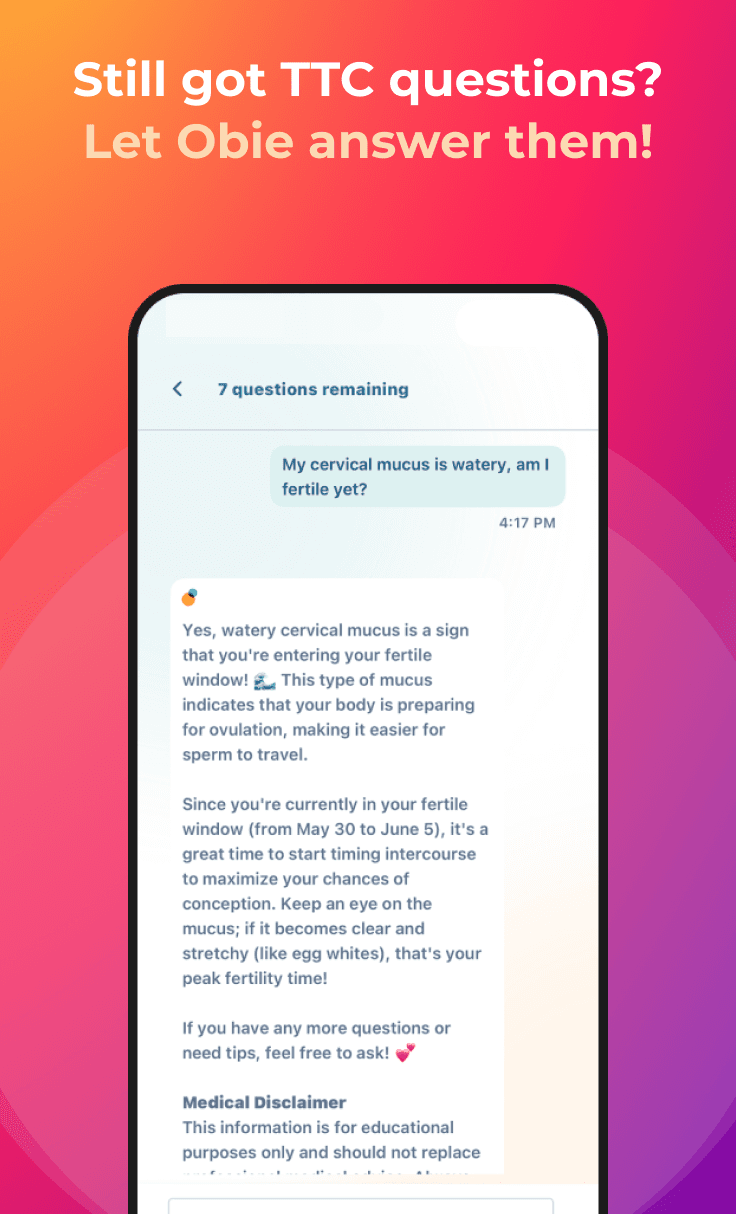Fertility Course Lesson 7: Basal Body Temperature
babyMed University
Obie Editorial Team
What does my temperature have to do with ovulation?
Your basal body temperature, BBT, is your body's temperature at rest, when you have slept for several hours. The best time to take your BBT is first thing in the morning when you wake up, before you get out of bed. Before ovulation, a woman's basal body temperature (the temperature of your body at rest) generally ranges, on average, from 97.0 to 97.5 degrees Fahrenheit, though it can occasionally be somewhat higher or lower.
At ovulation, the ovary releases the warmth-inducing hormone progesterone, which makes the temperatures rise typically by over 0.2 degrees Fahrenheit within one to two days after ovulation. The BBT remains elevated until the next menstrual period. There are two distinct temperature levels: before and after ovulation.
Your goal is to find a pattern in the daily plotting of temperatures called a biphasic (Ovulation) curve. This means the temperatures rise after ovulation and stay a little elevated when compared with before ovulation. "Ah, I get it," you say. "Bi means two; two phases. Lower temps before the big "O" and higher temps after." Exactly! The actual temperatures are not important and they differ from woman to woman. What is important is to check for the pattern of elevated temps that stay up for at least three or more days.
The typical biphasic temperature pattern can be established three to four days after typical ovulation, but it is optimally established at the end of the menstrual cycle.









